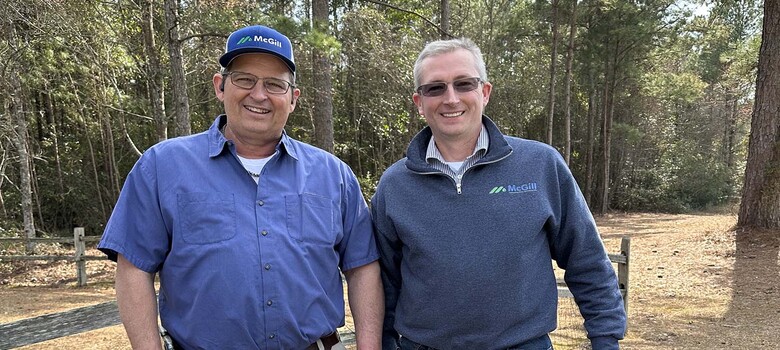 From the DukeHealth.org archives. Content may be out of date.
From the DukeHealth.org archives. Content may be out of date.
Breast Cancer Treatment in Raleigh Makes Big Difference
Maintaining a Normal Schedule Means Better Quality of Life

Joy Lathan, of Raleigh, was just 36 when she found a lump in her breast during a routine self-exam
For Joy Lathan, receiving her breast cancer treatment in Raleigh, near where she lives in and works, made a big difference. It allowed her to schedule chemotherapy and radiation treatments at Duke Raleigh Hospital, which meant she could keep working and maintaining her daily schedule.
The benefit of convenience in cancer treatment
Four chemo infusions, spaced out over three months, caused a range of side effects, from hair loss to overwhelming fatigue. Yet Lathan continued to work throughout her treatment. “I went in with the attitude, ‘Let’s get this done,’” she said. “Working kept me from sitting at home worrying.”
After chemo, Lathan faced more treatment—six grueling weeks of daily radiation. The saving grace was the clinic’s location, a short five-mile drive from her home. She was able to schedule the first appointment of the day, then head to work. “I was in and out in 15 to 20 minutes,” she said.
Lathan’s relationship with her providers also made treatment more tolerable. “My experience at Duke has been phenomenal,” she said. “I always felt like a person, not a number. Dr. Spiritos even gave me his email address and," her radiologist Dr. Carol Hahn, MD, "visited me at work.”
“Patients want to know that their provider actually cares for them and is wholly invested in their health and well-being so that they have total comfort with the treatment being recommended,” said Spiritos. “All of my patients can get hold of me, even on a Sunday afternoon.”
Two years later, Lathan’s life has returned to normal, though she still sees her cancer care team every few months. However, she doesn’t mind this reminder of her experience as a patient. “I love to see Dr. Spiritos and the nurses,” she said. “Nobody wants to have cancer, but having a team around you that supports and cares about you—and easy access to treatment— makes it easier.”
Lumpectomy vs. mastectomy
Joy Lathan of Raleigh was just 36 when she found a lump in her breast during a routine self-exam. She was diagnosed with invasive ductal carcinoma, a type of breast cancer that starts inside a milk duct and spreads to surrounding breast tissue. Cancer cells were also detected in two of her lymph nodes.
The diagnosis meant Lathan could have a lumpectomy—just removing the tumor and preserving the breast—or a mastectomy, during which the entire breast is removed. “Studies show that the two options have equivalent outcomes,” said Dr. Michael Spiritos, MD, the medical oncologist at Duke Cancer Center Raleigh who took over her treatment after surgery.
After undergoing a lumpectomy, Lathan discussed her next steps with Spiritos. She underwent a genomic test called Oncotype DX, which analyzes the activity of a group of genes in a tumor and figures out how likely the cancer is to respond to chemotherapy. “The results suggested that she might have a reasonable benefit from chemotherapy,” he said.

Patients want to know their provider cares for them and is wholly invested in their health and well-being so they have total comfort with the treatment being recommended.




